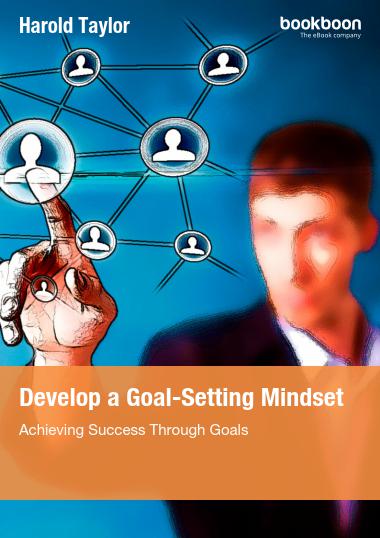A Time Management Article by Harold Taylor
The technology for larger companies to set up remotely is now available, and huge savings are available as commute times disappear, real estate costs are slashed, and travel and meeting costs are reduced. In addition, attracting new hires with the promise of not having to relocate is easier. It has even been shown that productivity, at least in many cases, can be increased. Tsedal Neeley, in his 2021 book, Remote Work Revolution, mentions that the McKenzie Global Institute predicts that the global labour workforce will reach 3.5 billion people by 2030.
Working from home might seem like a dream come true from the leaders’ and team members’ perspective. No commute, no distracting coworkers or drop-in visitors, no interruptions from the boss, and no last-minute rush to get to work on time. You can dress casually, sneak in a few personal chores, and set your own hours if you get the work done efficiently and on time. And an article in our local Telegraph-Journal on April 16, 2020, announced that some insurers have cut auto premiums, and it is estimated that the reduction in premiums could result in $600 million in savings in Canada. And with less driving, there is a reduction in greenhouse gases as well as fewer accidents. By working from home, the time savings, by not having to commute, would in some cases, be phenomenal.
But making it all work is not without its challenges to the company, leadership, and the rank-and-file members. The company must ensure that home offices are equipped with the work-at-home necessities, and have access to technology and training, Internet access, policies, and procedures regarding communications, working relationships and so on. The leaders are responsible as the catalysts for motivation, creativity, and trust, through such activities as regular meetings, chats, guidance, and informal interactions. And the team members are responsible for establishing and maintaining structure in their workdays, developing the necessary self-discipline, and avoiding any health risks of increased exposure to computer screens, the absence of face-to-face collaboration with peers and superiors, and the hazards of prolonged sitting.
But the biggest challenge for anyone in the organization is the matter of trust and respect. And as John C. Maxwell claimed in his book, Winning with People, “Trust is the foundation of any relationship. How do people who work remotely and seldom meet in person determine whether others are reliable and trustworthy? How do leaders gain the respect and trust of their team members? While working at home one cannot easily read and interpret gestures, body language, and facial expressions of others, and they don’t have the advantage of rubbing shoulders with them on a daily basis..
The Webster New World Dictionary defines trust as “a firm belief in or confidence in the honesty, integrity, reliability, justice, etc. of another person.” Social scientists define trust as “the extent to which we are confident in, and willing to act on the words, actions, and decisions of another.” Neeley summarizes the definition in his book when he says, “We trust people if what they say, do, and decide instills confidence.”
Visual communication platforms such as Zoom do help somewhat with body language, but most communication is through email and text message, (written) and telephone calls, (verbal) and the face to face is absent. Leaders and others cannot display trust with words alone, but they can do so if their actions match their verbal decisions, commitments, and personal promises.
Transparency, honesty, integrity, and respect become more important than ever in remote workforces. And you do not gain respect by what you say, but how you behave. Character becomes paramount.
You cannot become trustworthy by attending a seminar. As John C Maxwell, sometimes referred to as America’s expert in leadership, once stated, “Developing trust is like constructing a building. It takes time, and it must be done one piece at a time.” In my next blog article, I will provide what I think are some of those “pieces.”
Successful People Read. A Lot.
What do Warren Buffett, Mark Zuckerberg, Elon Musk and Oprah Winfrey have in common? They all read - a LOT! If you want to be successful you need to read. We have over 30 short ebooks designed to get you booked up fast!


